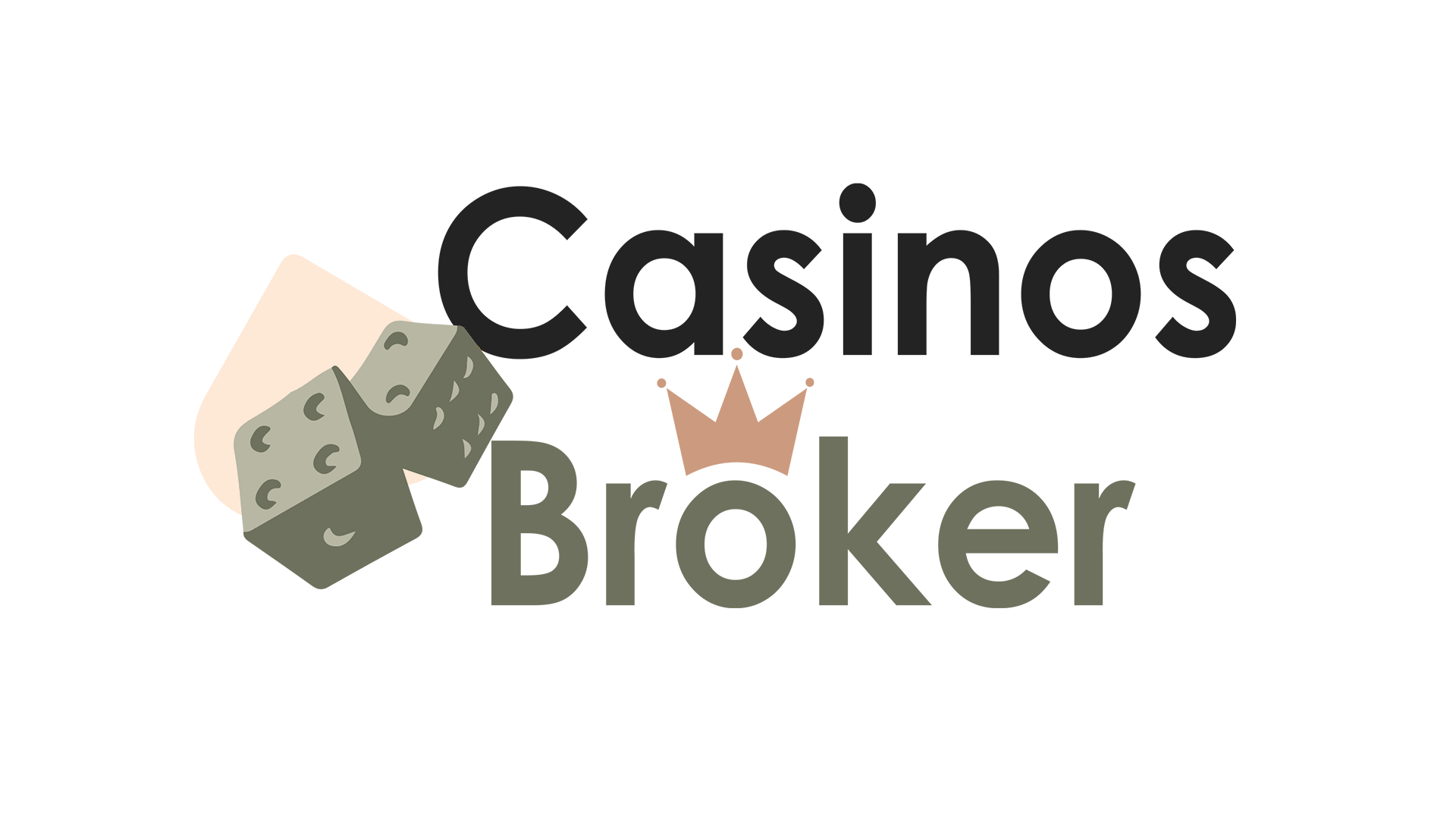Preparing Financial Statements When Selling a Business
To amplify the value of your company, strategic positioning is key. Meticulously structured and revamped financial statements wield the power to greatly amplify your business’s allure in the eyes of potential purchasers.
Drawing from our extensive expertise spanning decades, we’ve compiled the quintessential inquiries often raised about financial statements, along with adept pointers for effectively addressing them:
- What caliber of financial insights do buyers typically seek?
- Which financial statements warrant presentation to a potential buyer prior to their offer?
- What supplementary documentation should accompany the financial statements?
- Is it advisable to furnish buyers with unprocessed financial data or refined financial statements?
- At what juncture should year-to-date financial statements be provided to a prospective buyer?
- How does one navigate the realm of a cash-based enterprise fraught with imprecise financial records?
What Kind of Financial Information Do Buyers Ask For?
Buyers routinely inquire about the following essential documents:
- Three to five years of profit & loss (P&L) statements
- Balance sheets
- Bank statements
- Federal income tax returns
- Year-to-date comparison P&L statement.
Pre-Offer Stage: It is not only appropriate but advantageous to present a buyer with a P&L statement even before an offer is tendered. In certain scenarios, sharing a balance sheet can also enhance transparency and engage potential buyers.
Post-Offer Stage: Source documents like federal income tax returns and bank statements are typically unveiled after an offer has been accepted. The alignment between bank statements and financial statements is crucial; most buyers will scrutinize both to ensure seamless correspondence.
Professional Due Diligence: The majority of buyers enlist the expertise of a CPA or accountant to meticulously conduct financial due diligence. This entails a comprehensive evaluation of all financial records, encompassing reconciliation between your financial statements, bank statements, invoices, receipts, and tax returns to guarantee unison.
Impeccable Organization: For committed sellers, meticulous organization of the business’s financial records over the past three years is imperative. These records should be methodically categorized and presented in an easily navigable format that can showcase data on a monthly basis. Whether in a physical labeled folder system or within digital folders on your computer, this foresight readies you for the inevitable scrutiny when your buyer delves into the paperwork.
Should I Give Buyers Raw Financial Data or Adjusted Financial Statements?
Do not provide potential buyers with raw financial data unless accompanied by a comprehensive list of adjustments.
Supplying buyers solely with raw financial data can lead to misunderstandings and uncertainties. By offering only the numerical figures, you assume that they will grasp the intricate puzzle of your business’s financial landscape. However, without awareness of your business intricacies, they might overlook vital adjustments crucial for accurate financial assessment.
It is imperative to reconstruct all financial statements meticulously, ensuring they faithfully mirror your business’s genuine profitability. Business owners often deduct personal expenses, such as phone bills, utilities, travel, auto upkeep, personal items, and other qualifying expenditures.
In principle, the process of recalibrating financial statements to capture precise income and expenses – often termed “recasting” or “normalizing” – is straightforward. Yet, deciphering the appropriate adjustments hinges on the buyer’s familiarity with your business.
Begin with your Profit & Loss statement, organizing it into a four-column spreadsheet. Segregate the figures into “Original” financial statement values, “Adjustments,” and “Normalized” numbers, reserving the fourth column for explanatory “Notes” or “Explanations.” This systematic approach should cater to the requirements of most prospective buyers.
When Should I Supply YTD Financial Statements to a Buyer?
In the initial phases, furnish the gross sales data for the present year. Upon a buyer’s request for a Year-to-Date (YTD) financial statement, our recommendation is to share exclusively the gross sales figures pertaining to the ongoing year.
During the negotiation stage, provide a YTD comparative Profit & Loss (P&L) statement incorporating necessary adjustments. It is prudent to introduce adjustments to your YTD financial statement while engaging in discussions with a committed buyer. Otherwise, the requirement to continually modify your financial statement with each update for the current year can be avoided. Typically, presenting the gross sales statistics for the current year suffices.
We propose offering buyers a year-to-year comparative analysis. This facilitates the buyer’s assessment of your business’s performance in relation to previous years, enabling them to formulate projections for the ongoing year. (This assumption is predicated on the premise that your expense framework has not undergone significant alteration.) For instance, if the current month is September, extend the gross sales data from January to August for both the previous and ongoing years to the buyer.
What if I Have a Cash Business with Inaccurate Financials?
The landscape of cash-driven businesses is undergoing a transformation, with their prevalence gradually diminishing. Whether spanning retail or professional services, enterprises reliant on cash transactions encounter a range of complexities when it comes to precisely delineating the dynamic and fluid nature inherent to cash-centric operations.
For those contemplating the sale of a business heavily entrenched in cash transactions, we propose the following prudent course of action:
- Convey verbal insights to potential buyers, elucidating that an opportunity to authenticate and validate information through your records will be extended once an offer is embraced.
- Extend an observation window to potential buyers, affording them the chance to immerse themselves in the business’s operations and fathom its cash flow dynamics.
- Approach the provision of a projection or pro-forma financial statement with discernment. Every page of the projection document should prominently indicate its nature as an estimate, underscoring that purchasing decisions should not be predicated solely upon it. Strive for a depiction of the business’s reality as close to the truth as possible. By conspicuously labeling the document as a “projection,” you confine your liability while offering a candid portrayal.


